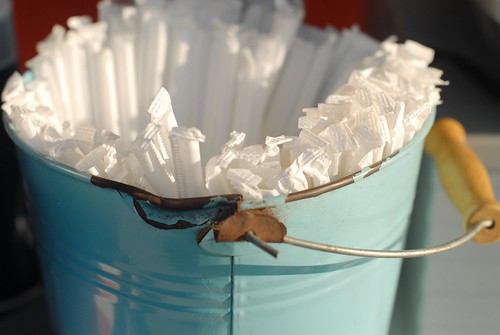RAW versus JPEG - you be the judge
I think I've made it perfectly clear over the last 9+ months of this blog that I'm not a "techie" kind of girl. I find the older I get the more technically challenged I become. It's because I made fun of my grandmother for blowing up an egg in the microwave one time, or teasing her because she was afraid of our VCR, I'm sure. Karma always gets the last laugh, people.
So when it comes to the more technical side of photography I have a tendency to shy away from anything that I find too complex. I realize that isn't logical, given that I am trying to learn MORE about photography, but it's true. Thankfully, this blog has given me a reason to push myself and my knowledge of photography, so I am learning to let go of my technical phobia.
First, a story for you. A few years ago I shot hundreds of vacation photos all in RAW format, without knowing anything about why one would shoot RAW format. Word on the street was RAW was WAY better than shooting JPEG. At the time, though, I didn't have software to process RAW formatted digital photos, so when I went to edit and print out my RAW photos, I either could not open the file, or once printed they looked terrible. That experience was enough to scare me away from shooting RAW - until now. This time I want to truly understand the difference between shooting RAW versus JPEG format, and you, my dear readers, are along for the ride.
Some of you might be thinking "what do you mean - I have a choice??" Why, yes you do - check out your owner's manual for your specific options - you might be surprised just how many options you have!
The most simple and straightforward explanation I've come across was posted over at The Lightroom Lab: picture RAW formatting as a roll of black and white film, and JPEG as a Polaroid image.
Photos shot in RAW format are the exact file the camera writes to the memory card. The camera's internal processor does not alter the original data in any way. However, this original data requires specific software to "process" the original data into files and images you can edit and print. So, if RAW format is a roll of black and white film, your editing software is the way you "develop" RAW images. Otherwise, you won't be able to view, edit, or print your RAW images.
JPEG format, on the other hand, tells the camera to convert the original data into a polished and universally acceptable file format. JPEG images can be viewed straight out of the camera, with no additional processing required - much like an image from a Polaroid camera.
So what are the benefits to shooting RAW versus JPEG, or vice versa? Depends on who you ask - and EVERYONE seems to have an opinion on it. Digital Photography School has a simple breakdown of the pros and cons of each format - click here to check it out. Any questions - leave me a comment or send an email on over!

















